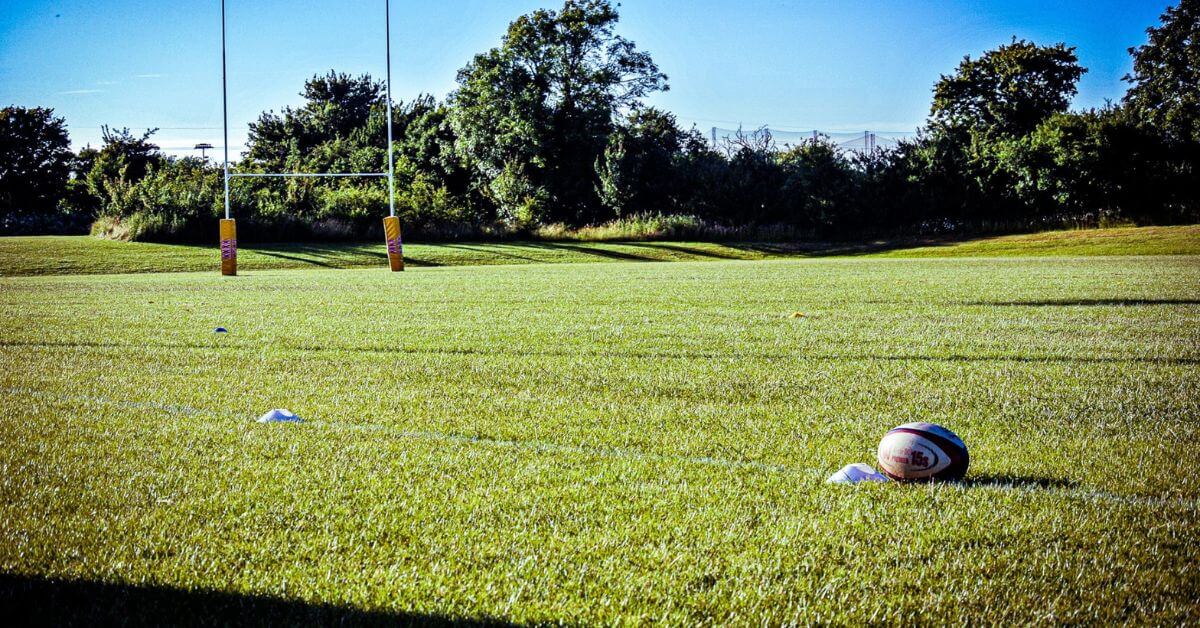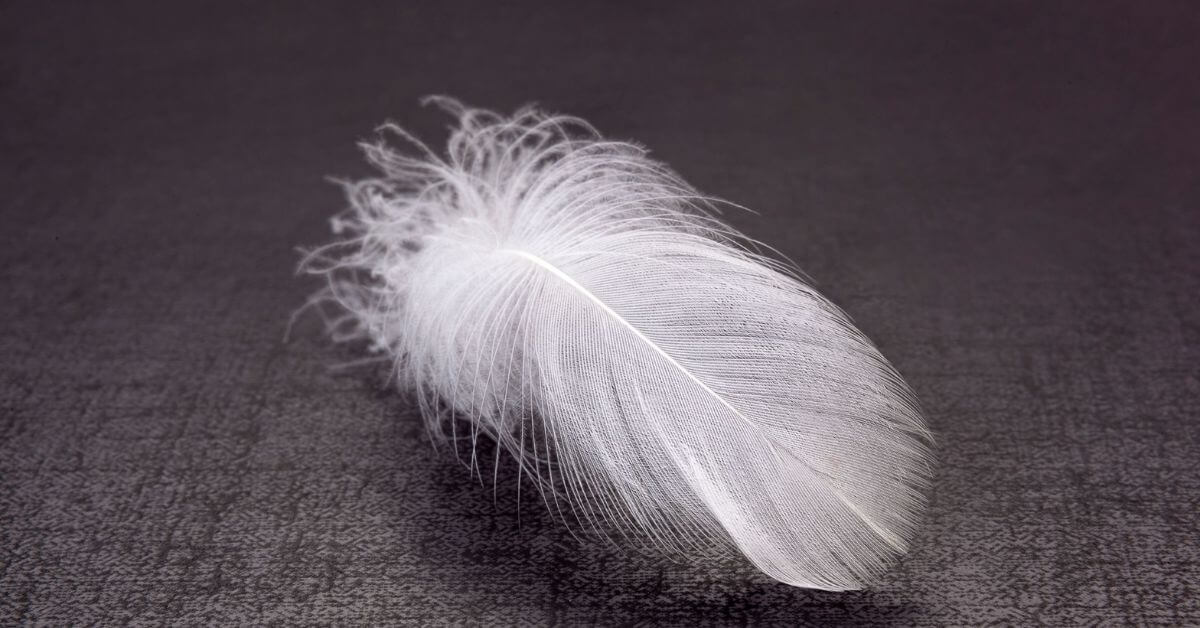Time management can be one of the biggest frustrations rugby…

A useful guide on how to cope with training during hot weather
“I can only control my own performance. If I do my best, then I can feel good at the end of the day” Michael Phelps
As the UK and the rest of Europe are hit by one of the most stunning heat waves with temperatures reaching nearly 40 degrees it’s a good time to talk about training during the summer and in particularly hot weather (in the UK these two are not necessarily the same).
Rugby Sevens athletes are used to competing during warmer periods since the game is played traditionally between May and August.
However, training and competing in hot weather requires good preparation and if done right can even be beneficial.
We want to ensure that you get the most out of your performance when training in the heat and at the same time ensure you are aware of the risks.
Therefore, we created this useful guide with some tips to get the most out of your training when the temperatures are on the up.
However, to begin with, let’s talk about what happens with the body when you train in the heat.
Exercising in hot weather puts extra stress on your body!
Exercising in the heat can cause serious illness if you don’t take care. Both the exercise itself and the air temperature and humidity can increase your core body temperature.
Your body sends more blood to circulate through your skin helping to cool itself. This leaves less blood for your muscles, which in turn increases your heart rate.
If the humidity also is high, your body faces added stress because sweat doesn’t readily evaporate from your skin. That pushes your body temperature even higher.
Under normal conditions, your skin, blood vessels and perspiration level adjust to the heat. But these natural cooling systems may fail if you’re exposed to high temperatures and humidity for too long, you sweat heavily, and you don’t drink enough fluids.
The result may be a heat-related illness such as heat cramps, heat exhaustion and heatstroke. Heat-related illnesses occur along a spectrum, starting out mild but worsening if left untreated.

Pay attention to warning signs
During hot-weather exercise, watch for signs and symptoms of heat-related illness. If you ignore these symptoms, your condition can worsen, resulting in a medical emergency. Signs and symptoms may include:
Muscle cramps
Nausea or vomiting
Weakness
Fatigue
Headache
Excessive sweating
Dizziness or light-headedness
Confusion
Irritability
Low blood pressure
Increased heart rate
Visual problems
If you develop any of these symptoms, you must lower your body temperature and get hydrated right away. Stop exercising immediately and get out of the heat. If possible, have someone stay with you who can help monitor your condition.
How to prepare for training in the heat?
Now as we covered the important bit let’s focus on how to prep for training in the heat and get the most out of it.
When you exercise in hot weather, keep the following precautions in mind:
Keep a close eye on the temperatures
Pay attention to weather forecasts and heat alerts. The MET office is providing detailed heat alerts on its website.

Timing
If you train on your own and you aren’t depending on a team training session, try to train as early as possible in the day. The best time is around 6 or 7 AM before it gets really warm, and the sun is high.
Training early in the morning is not everyone’s cup of tea. But if you give it a go, it’s important that you prep for an early session.
The preparation for a session in the morning starts in the evening before. It’s important to have an early evening dinner (around 6 or 7PM) to ensure that the food is through the system by the time the alarm goes off.
The right food
Talking about food, it’s recommended to eat cold foods during hot weather. This can include salads, beans, and vegetables.
Hot food adds unnecessary heat to the body as it is harder to digest and fills up quickly. On the contrary, if you stick to a healthy diet with cold foods, you can eat more but at the same time help your body to prep for training.

Dress appropriately
Lightweight, loose-fitting clothing helps sweat evaporate and keeps you cooler. Avoid dark colors, which can absorb heat. Wear a light-colored hat and sports sunglasses.
Stay Cool!
Cool your head and body down with cold water. Take time in between and after your training to splash some cold water over your head and body.
This not just feels super refreshing, but it also helps the body to remain at a healthy and vital body temperature for the rest of your training.

Drink plenty of fluids
Dehydration is a key factor in heat illness. Help your body sweat and cool down by staying well-hydrated with water.
Don’t wait until you’re thirsty to drink fluids. Ensure you have plenty of water before you start your session.
Cool Down
Once your training is finished it’s important to start the cooling down process. Now it’s important to get down your body temperature.
Take a cold shower, or you can jump into a pool, lake, or sea. Ideally, you should at least stay in the water or under the shower for five minutes.

Refuel
Ensure you refuel your body with some important minerals. A higher intake of minerals means you can sweat more and consequently get cooler.
Make sure you get a mixture of salts, magnesium, and calcium. You can get these with an electrolytes powder supplement available here.
Wear sunscreen
This should be an obvious one but can’t be stressed enough. A sunburn decreases your body’s ability to cool itself and increases the risk of skin cancer. Use a sun cream with a very high SPF factor.
Conclusion
As the summer is in full mode and it’s hotter than ever, we need to carefully look into the best precautions to prevent serious heat-related illnesses which are preventable. If you do this one right and ensure you train at the right time, with the right clothing and well hydrated your fitness routine doesn’t have to be sidelined when the heat is on.
#fitness #heat #summer #hotweather #training





